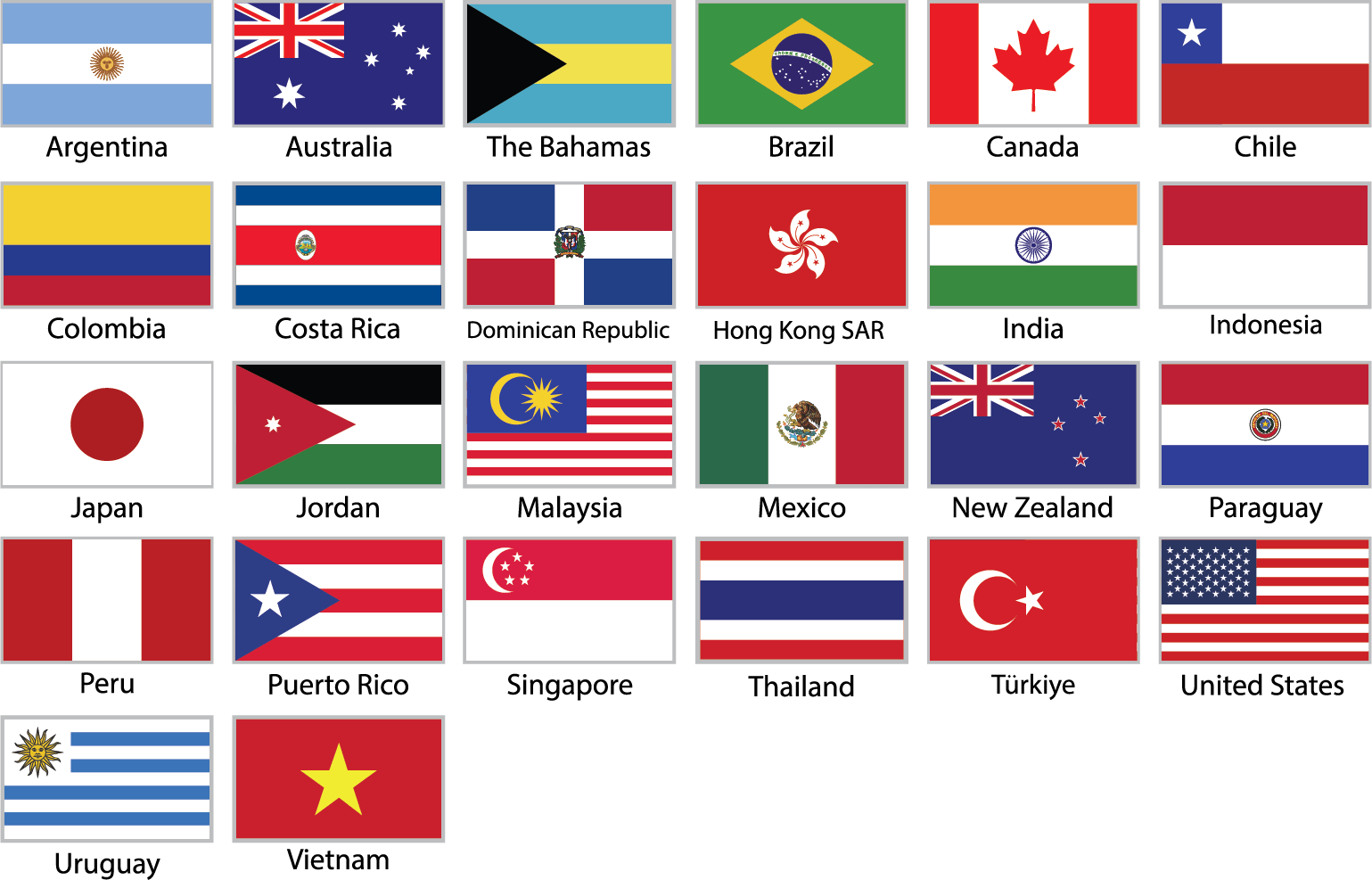There is an egg company with a logo that says ‘certified happy.’ Their egg cartons are printed with “We set new higher standards for egg production focused on enhanced animal welfare (exceeding standards laid down by Humane Farm Animal Care and those for organic and cage-free eggs). We provide 21.8 sq. ft. of outdoor space per hen “reflected in our new higher standards.”
I understand the need for marketing gimmicks, but it is essential to be transparent, truthful and honest.
Without knowledge of the needs of hens, one would automatically think that more outdoor space is better. However, our standards were written by experts in hen behavior, a 40-member Scientific Committee that wrote them to meet the actual needs of the animals, not our perceived needs.
While there are documented benefits of more free range outdoor space for laying hens, understanding why and how hens use that space is still being researched. Studies, however, show that only portions of a flock will use the extra space when given the opportunity. Based on current knowledge, managing for high-quality range close to their barns/shelters is more beneficial.
We believe range quality is more important than range quantity.
The amount of space hens need depends on the quality of the range. If the basic conditions are met, the minimum outdoor space requirement is 2 sq. ft/bird or (0.19 meters/bird) because hens will not have to go far to find cover, shade and nutrients. If range quality is not good, they will need additional space to find food and cover, exposing them to unnecessary risks from disease and predators.
Our basic requirements set the standard.
Our Humane Farm Animal Care free range standards require ground covered by living vegetation, so birds can move freely and get nutrients. The ground also must be managed to avoid parasites, bacteria and viruses that might cause disease. The hens must not come into contact with any toxic substances. The range must include crop rotation, prevention of heavily poached/muddy worn areas, and an appropriate distribution of natural and artificial shade/shelters and cover to reduce the fear reactions of hens to overhead predators and to encourage use of the range.
The more varied the quality of the range, the more space the birds require. Depending on the quality of the range, many of the producers on our program provide more than 2 sq. ft. for each of their birds.
Having that information, does it make sense for producers to put on their cartons the number of square feet it has for free range (without any context), or is it really just an unnecessary marketing gimmick?

Egg labels are confusing enough
Posted: December 8, 2016 by HFAC
There is an egg company with a logo that says ‘certified happy.’ Their egg cartons are printed with “We set new higher standards for egg production focused on enhanced animal welfare (exceeding standards laid down by Humane Farm Animal Care and those for organic and cage-free eggs). We provide 21.8 sq. ft. of outdoor space per hen “reflected in our new higher standards.”
I understand the need for marketing gimmicks, but it is essential to be transparent, truthful and honest.
Without knowledge of the needs of hens, one would automatically think that more outdoor space is better. However, our standards were written by experts in hen behavior, a 40-member Scientific Committee that wrote them to meet the actual needs of the animals, not our perceived needs.
While there are documented benefits of more free range outdoor space for laying hens, understanding why and how hens use that space is still being researched. Studies, however, show that only portions of a flock will use the extra space when given the opportunity. Based on current knowledge, managing for high-quality range close to their barns/shelters is more beneficial.
We believe range quality is more important than range quantity.
The amount of space hens need depends on the quality of the range. If the basic conditions are met, the minimum outdoor space requirement is 2 sq. ft/bird or (0.19 meters/bird) because hens will not have to go far to find cover, shade and nutrients. If range quality is not good, they will need additional space to find food and cover, exposing them to unnecessary risks from disease and predators.
Our basic requirements set the standard.
Our Humane Farm Animal Care free range standards require ground covered by living vegetation, so birds can move freely and get nutrients. The ground also must be managed to avoid parasites, bacteria and viruses that might cause disease. The hens must not come into contact with any toxic substances. The range must include crop rotation, prevention of heavily poached/muddy worn areas, and an appropriate distribution of natural and artificial shade/shelters and cover to reduce the fear reactions of hens to overhead predators and to encourage use of the range.
The more varied the quality of the range, the more space the birds require. Depending on the quality of the range, many of the producers on our program provide more than 2 sq. ft. for each of their birds.
Having that information, does it make sense for producers to put on their cartons the number of square feet it has for free range (without any context), or is it really just an unnecessary marketing gimmick?
Category: Blog